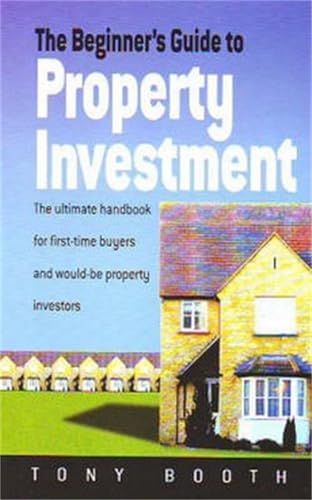House Repossession Hotspots Announced by Government

Recommended by Tony Booth
The UK Government has released its definitive list of the top 22 repossession hotspots. These are places where homeowners are struggling to pay their mortgages and are under threat of having their properties taken away from them by the lender. While this is bad news for those that are suffering in these locations, property investors and speculators might want to put these towns and cities under a microscope, as they are now prime indicators of where the best opportunities lie to bag a bargain.
Yes, I know, this is a sad reflection on property investment, because many of us are becoming little more than capital vultures in one form or another. But that’s the name of the game in the property jungle. Most investors are on the lookout for rich pickings and when we find them, we operate like lions, using cash to kill. The other side to this argument is: if we don’t grab the coffers from the weak, someone else bigger and bolder and somewhat more ruthless, will. So, we might as well benefit, rather than the lenders that advanced the homeowners their loan in the first place.
Why, you might ask, has the UK Government chosen to release this startling information, which points out clearly where the greatest volume of distressed sellers are? In fact, it is part of a new campaign intended to help those facing repossession. The idea is that an advertising campaign will focus on the areas identified and promote advice services. Michael Coogan, the Director of The Council of Mortgage Lenders, is on record saying he supports the campaign, as it reinforces most of the messages his organisation has been suggesting for some time.
And anything that helps in these dire times has got to be a good thing, because figures show that repossessions in the second quarter of this year were 14 per cent higher than the same period last year.
The Government’s repossession hotspot release was borne out of an analysis of 300,000 people that had asked for and received advice since the start of things turning sour for property owners in April 2008. The 22 Hotspots are:
Barking & Dagenham, Corby, Knowsley, Salford, Newham, Walsall, Redditch, Halton, Sandwell, Wolverhampton, Bolton, Reading, Swindon, Northampton, Cannock Chase, Nottingham, Birmingham, Manchester, Liverpool, Sunderland, Wigan and Kingston-upon-Hull.
Manchester, Liverpool, Nottingham and Sunderland stand out for me, because these are regions where the buy-to-let property boom bubble burst, mainly through oversupply. Investors bought mainly apartments in newly constructed blocks, at premium prices, assuming they would rise in capital value and be let easily. The trouble was, there were so many buying up these properties that supply outstripped demand and the investors could no longer meet their mortgage commitments. Prices plummeted and apartment blocks stood empty. No one was surprised when a rising number of repossessions followed.
I would strongly advise that all property investors shy away from considering multi-let buy-to-let apartment blocks in inner-city areas, because even after recovery has happened, these units may remain difficult to let and it will almost certainly take many years before they realise their true value again. This type of speculative purchase is now very much recognised as a white elephant on the property market stall.
It will however be worth looking at the smaller towns and the outskirts of cities, where good semi-detached and terraced houses will soon be in demand, once the market settles down. The 22 hotspots represent regions where the greatest volume of distressed sellers are, so it makes sense to assume these are places where you will enjoy the easiest and most successful price negotiation with potential sellers. But do your homework and research these locations carefully.
It is becoming increasingly tricky to assess the direction of market value and there’s really no point investing, if you buy something that proves to be worth less than you paid for it in a year’s time. The goal at the moment would be to get a selling price down to 20 per cent below market valuation, just to be sure of it retaining its value through the next phase of recovery – and possibly making some half-decent capital growth in a few years time.








